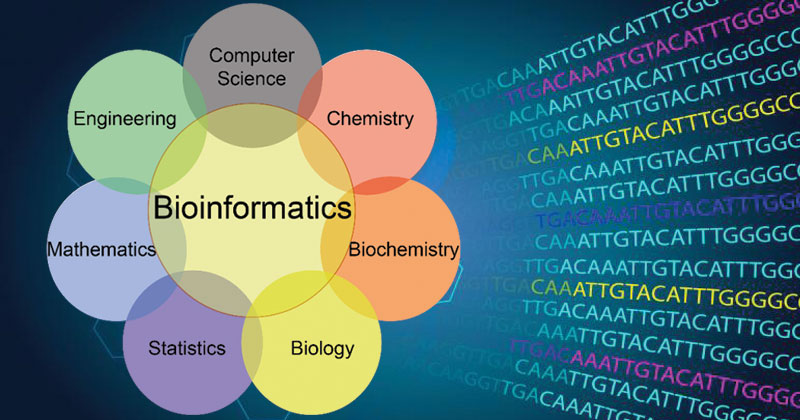Bioinformatics is a rapidly growing field that combines computer science, statistics, and biology to analyze and interpret large data sets in the life sciences. From understanding the genetic basis of disease to developing new drugs and therapies, bioinformatics plays a crucial role in many areas of research and healthcare. In this blog post, we'll introduce some of the key concepts and tools in bioinformatics and explain how this field is revolutionizing the way we understand and treat diseases.
One of the key challenges in bioinformatics is dealing with the vast amounts of data that are generated in the life sciences. This data can come from a variety of sources, including genomic data, proteomic data, and clinical data, and it can be challenging to manage and analyze these data sets. To address this challenge, bioinformaticians use a range of tools and techniques, including databases, algorithms, and visualization tools, to store, process, and analyze these data.
One of the key applications of bioinformatics is in the field of genomics, where it is used to analyze and interpret large data sets of genetic information. By understanding the genetic basis of diseases, researchers can identify new targets for drug development and develop personalized therapies for patients.
Other important applications of bioinformatics include the development of new drugs and therapies, the study of protein function, and the analysis of epidemiological data to understand the spread of diseases.
Overall, bioinformatics is a vital field that is transforming the way we understand and treat diseases, and it has the potential to revolutionize healthcare in the 21st century.
Keywords: bioinformatics, life sciences, big data, computer science, statistics, biology, genomic data, proteomic data, clinical data, databases, algorithms, visualization tools, genomics, drug development, personalized therapies, protein function, epidemiology, healthcare.

